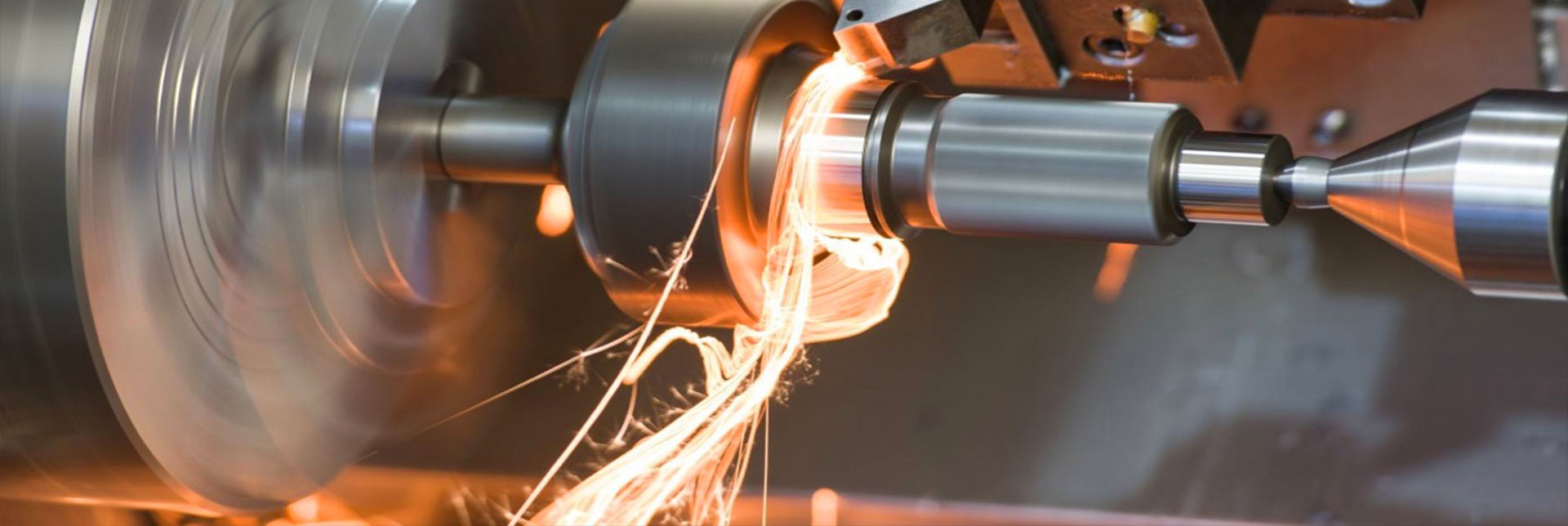

Also known as the reverse pull test, the main purpose of the push test is to apply a downward load to a sample to measure the response as a function of the applied downward load. This downward charge can be destructive (up to part failure) or non-destructive (to force the threshold) as needed. For non-destructive testing, force can be applied once or cyclically to evaluate part performance over repeated loading cycles. The most common examples of push-in testing are 3-point and 4-point bending and pin testing applications. These tests are done to ensure that a ceramic or silicone substrate, for example, has enough flexibility to withstand a certain bending stress. The specimen is bent between three or four points for a given displacement or arc. Data is collected in the form of force versus bending deflection. From this bending curvature, stress and strain are calculated.

Tensile tests are vital for any building, especially commercial facilities, railroads and airports. These tests are performed to quickly and accurately determine the strength of fastenings mounted or attached to walls. Damage from changing temperatures can cause fastenings to weaken and loosen. For example, there are many things that affect the durability and strength of eyebolts, scaffolding ties, anchor bolts, resin bolts, safety wires, and stud anchors. They therefore need to be checked regularly and subjected to tensile tests. The tensile test is particularly important where visual inspection is not sufficient.
The tensile test is also used, for example, to measure the tensile and compressive strength of a concrete structure. Tensile test results are used to verify the bond strength of the substrate of the structure to determine the adequacy of the pavement adhesion of the concrete, as well as the point of failure, which will indicate whether the substrate is ready to accept any material.
Moving an object requires force. There are many types of forces, including frictional force, thrust force, pulling force, air resistance, gravitational force and applied forces.
The amount of force required to push or pull an object is measured with a force gauge. Factors that affect the amount of force required to move an object include: The object's size and shape, weight, location, whether it has wheels, if any, whether the wheels and bearings are properly maintained, whether the object is pushed or pulled on carpet or outside rough terrain, whether pushing or pulling uphill or downhill on flat surfaces or on a ramp, whether there are waypoints where the object must be pushed or pulled, and whether there are easy-grip places to push or pull the object.
Technically, if an object is pushed or pulled exactly flush with the ground in exactly the same conditions, the force will be the same for push and pull. However, in real life, there can sometimes be differences in force results, as the way people push and pull tend to differ. There is a tendency to lift the object while pulling, whereas when pushing it has a tendency to push it down. The human body can typically generate more pulling force than pushing force.
A force gauge is used when testing push or pull forces. The technique requires positioning the force parallel to the ground and applying a steady push or pull. The object is slowly pushed or pulled. The actual force required to move the object is recorded, not the force exerted by the momentum.
Among the numerous test, measurement, analysis and evaluation studies given to businesses by our organization, there are also push and pull test services.
To get an appointment, to get more detailed information or to request an evaluation, you can ask us to fill in our form and reach you.